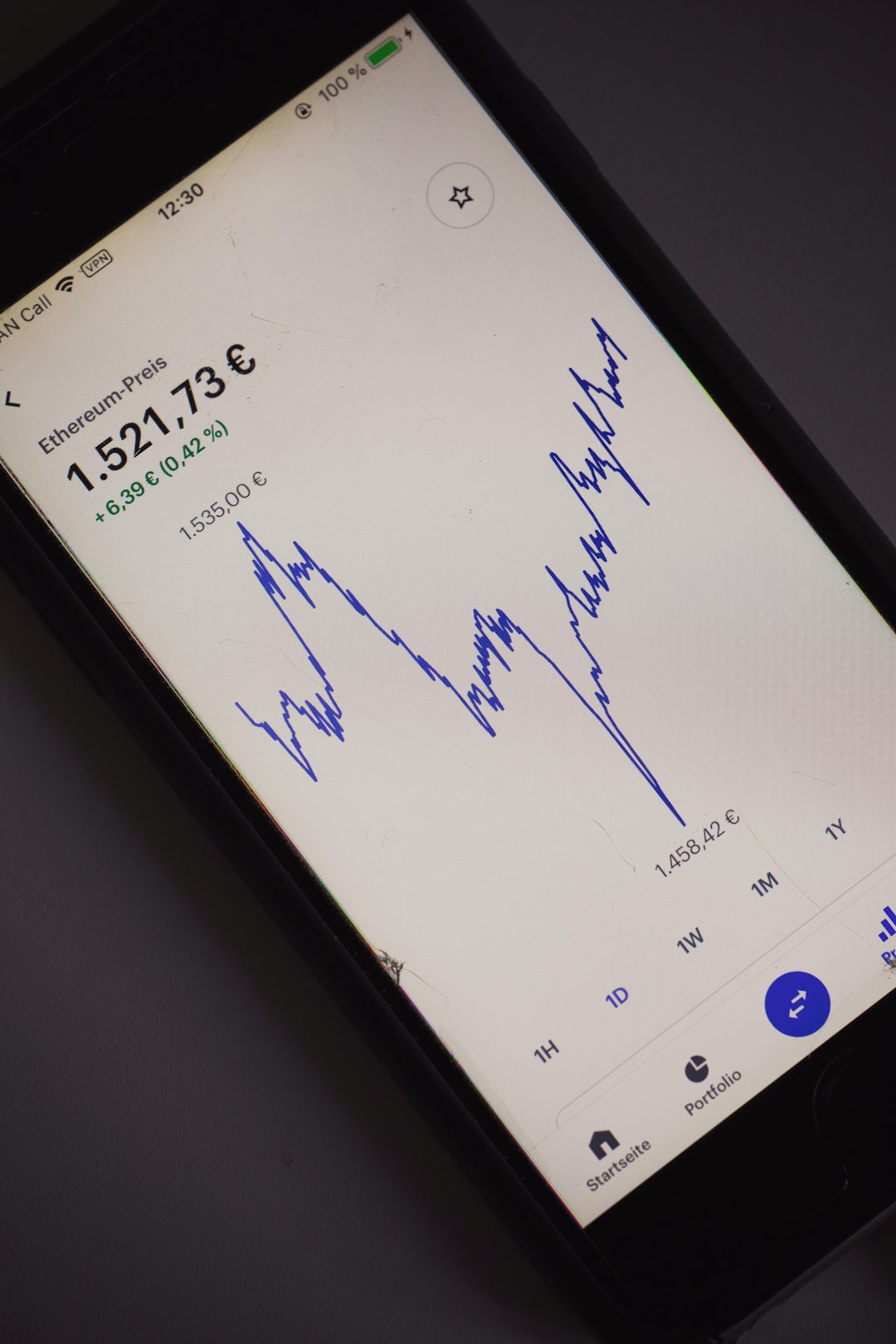
Asian stocks saw a bearish start to 2025, with several indices reflecting investor concerns over weak manufacturing activity in China and the spillover effects of Wall Street’s muted year-end performance.
China’s Manufacturing Data Weighs on Sentiment
Chinese markets bore the brunt of the decline:
Shanghai Shenzhen CSI 300 dropped 1.3%.
Shanghai Composite Index fell 0.9%.
The decline followed weaker-than-expected results from the Caixin Manufacturing PMI, signaling slowing momentum despite recent stimulus measures. This comes after government data earlier in the week also pointed to subdued manufacturing growth for December.
Markets are closely watching Beijing’s policy direction, particularly regarding fiscal stimulus, as reports suggest potential plans to ramp up spending in 2025. For more on fiscal trends, refer to the Economics Calendar API.
Hong Kong and Singapore Markets Show Mixed Results
In Hong Kong, the Hang Seng Index slumped 1.7%, led by a sharp 30% drop in Sun Art Retail (HK:6808) after Alibaba (HK:9988) announced plans to divest its majority stake for $1.6 billion.
Singapore’s Straits Times Index remained mostly flat, with minimal movement as data revealed sluggish Q4 GDP growth. However, on an annual basis, the economy grew over 4% in 2024, reflecting resilience despite external headwinds. For insights into industry performance across Asian economies, consult the Individual Industry Classification API.
Global Market Trends: Wall Street Sets the Tone
U.S. stock index futures traded lower during Asian hours, following a lackluster end to 2024 on Wall Street, where hopes for a “Santa Rally” fizzled. This cautious sentiment has influenced global markets, with investors eyeing developments in fiscal policy and corporate performance for 2025.
Key Takeaway
Asian markets are entering the new year on a cautious note, driven by economic uncertainties in China and the absence of strong cues from the U.S. A clearer fiscal strategy from Beijing and improving global demand could be pivotal for recovery.

